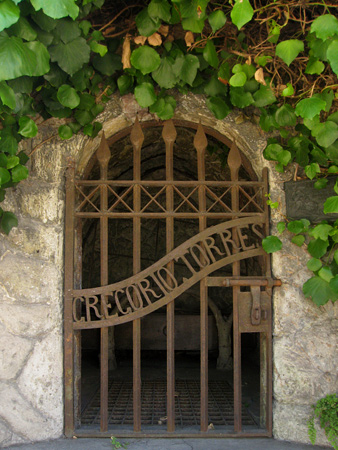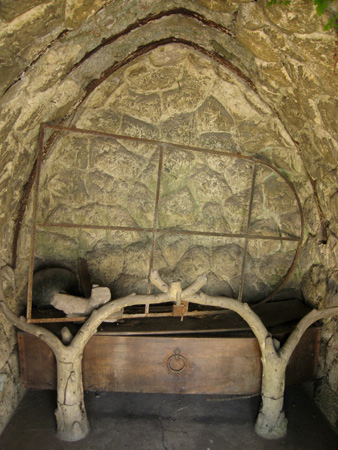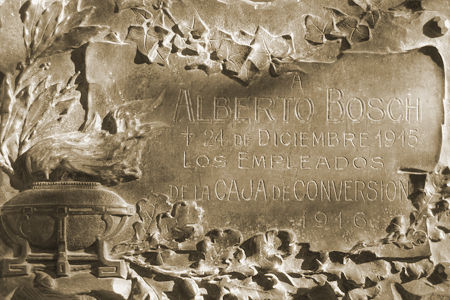
Documenting Recoleta Cemetery in Buenos Aires since 2007
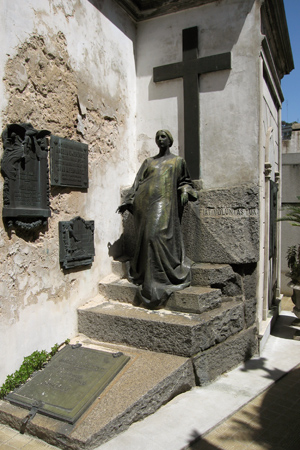
Teacher of teachers, Ángela Menéndez was responsible for directing the 1898 Escuela Normal de Mujeres #2. 186 women enrolled for the first course & only more would follow. As time went by, increasing importance was granted to the institute & in 1903 Menéndez’s school became the legitimate source for teaching foreign languages.
Her tombstone reads, Fiat Voluntas Tua, or Thy will be done. An important reminder for both education & women’s rights in Argentina:
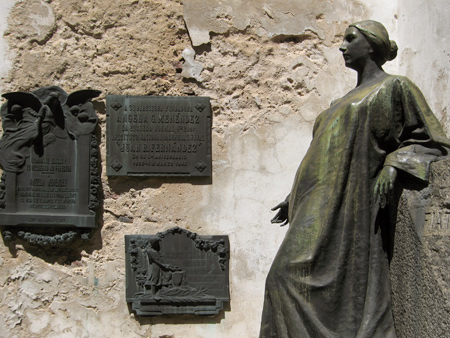

Believe it or not, the school still exists… just a block from Diagonal Norte. Stop by & pay a visit:
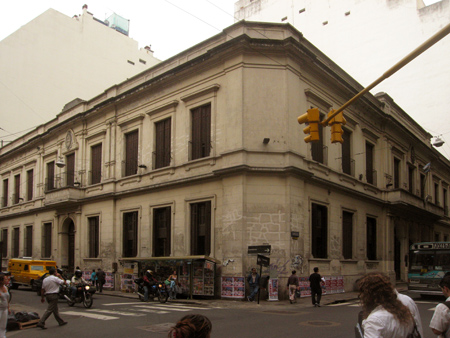

Very little evidence is left from the original 1822 cemetery. As the first public burial spot in Buenos Aires, Recoleta Cemetery wasn’t dignified enough to house the remains of elite families in its early days. They continued to prefer burial in churches. Early cemetery residents were buried haphazardly since space was available, & no one seemed to care much about organization in the beginning.
After the 1881 overhaul by Torcuato de Alvear, the cemetery’s layout was ordered & improved. Many plots were relocated to make room for the neat rows of mausoleums visible today. As far as I know, there are only two exceptions to this rule… they don’t fit on the map.
The tomb of Gabriel Ocampo sits in the middle of an aisle near the entrance, almost blocking access:
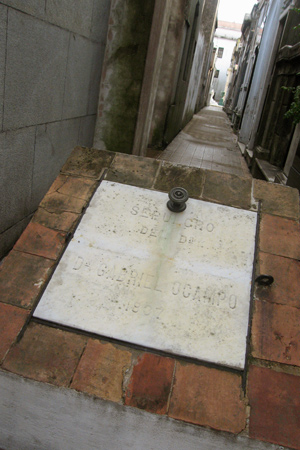
Many Irish Catholic immigrants still have their own tombstone from early days tucked in between modern mausoleums. But not Margaret Donoghoe. She was never moved & many people unknowingly walk over her cracked & worn tombstone:

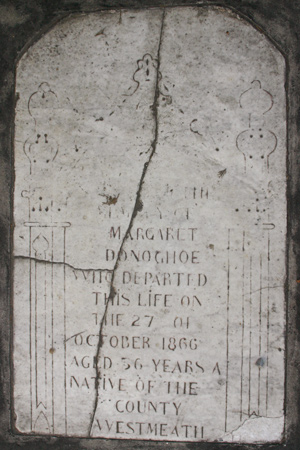

At the end of the 1700s & the beginning of the 1800s, the world was so chaotic that many people looked for either stability or a new style to mark the new era. The Americas were claiming independence, Europe was ravaged by Napoleon, & no one knew what would happen next. The standard answer was to look to the past for comfort. Neogothic & Neoclassical styles sought to recall more orderly times. Another answer was to mix old with new… romantic & exotic ideas were combined with nature images & the pintoresco style was born.
Early burials in Recoleta Cemetery happened at the same time, so a few vaults were built in the pintoresco style. The certainly stand out. For example, the above photo is of the Burgueño vault dated 1879. One of the best is the Arcave y Oyarvide vault below. Cement is sculpted like rocks, the cross is made to look like roots from a dead tree, & the base of the vault even includes barrel planters:
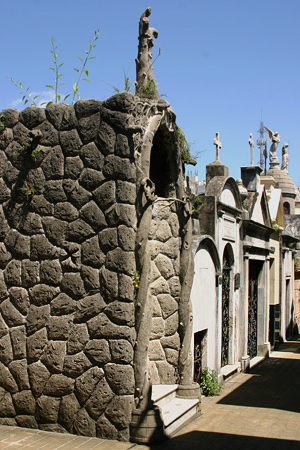

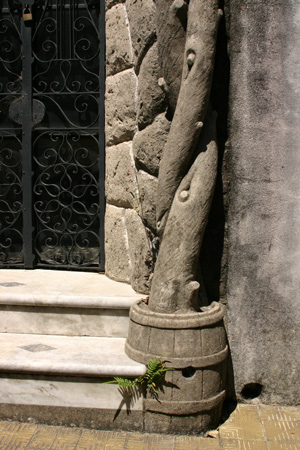
Gregorio Torres went one step further & built his tomb to mimic a grotto… both inside & out. An interesting aside is that the more these tombs sit without regular care, the more plant life sprouts in the warm & humid climate of Buenos Aires. What might be considered damage in other tombs can actually be considered a step toward the style’s ideal:
